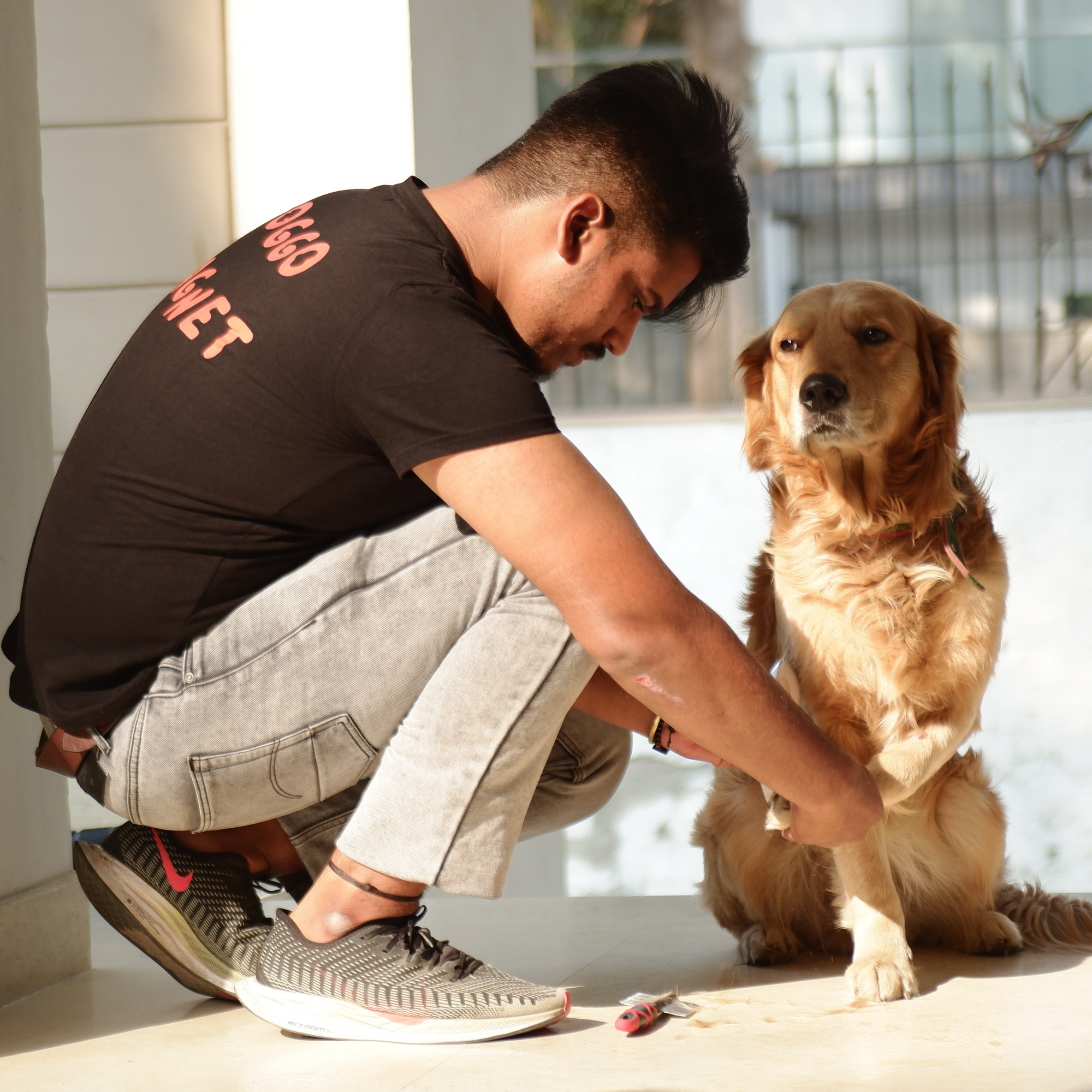Keeping Your Dog's Paws Healthy: Grooming and Care

Your dog's paws are crucial to their well-being and overall health. Proper paw care is essential to prevent injuries, infections, and discomfort. In this article, we'll explore how to groom and care for your dog's paws to keep them healthy and happy.
- Regular Paw Inspections
- Regularly inspecting your dog's paws is the first step in maintaining their health. Here's what to look for:
- Cuts and Abrasions: Check for any cuts, scrapes, or abrasions on the paw pads. These can be painful and prone to infection.
- Foreign Objects: Look for foreign objects like thorns, splinters, or small rocks that may be stuck in the paw pads.
- Swelling: Swollen or inflamed paw pads could be a sign of injury or an underlying health issue.
- Cracked or Dry Pads: Dry, cracked paw pads can lead to discomfort. Moisturizing them can help.
- Regular Nail Trimming
- Proper nail care is crucial for your dog's comfort and mobility. Here's how to trim your dog's nails safely:
- Use dog-specific nail clippers, and make sure they are sharp.
- Be cautious not to cut too close to the quick, which is the sensitive, pinkish area inside the nail.
- If you're unsure about how to trim your dog's nails, consider having a professional groomer or veterinarian demonstrate the process.
- Moisturize Paw Pads
Dry or cracked paw pads can be uncomfortable for your dog. Use a dog-specific paw balm or moisturizer to keep their paw pads soft and healthy, especially in dry or cold weather.
- Keep Paw Hair Trimmed
Some dog breeds have excess hair around their paw pads. If this hair gets too long, it can trap debris and moisture, leading to matting and potential skin issues. Trim this hair regularly to keep their paws clean.
- Paw Protection
In extreme weather conditions, consider protecting your dog's paws:
- Winter: In cold weather, snow, ice, and salt can be harsh on your dog's paws. Consider using dog booties to protect them from the cold and ice melt products.
- Summer: Hot pavement or sand can burn your dog's paws. Walk them during cooler parts of the day and use dog booties if necessary.
- Clean Paws After Walks
- After walks, especially in rainy or muddy conditions, clean your dog's paws:
- Use a damp cloth or pet-safe wipes to remove dirt and debris from their paws.
- Pay attention to the spaces between the toes and under the paw pads.
- Dry their paws thoroughly to prevent moisture-related issues.
- Watch for Signs of Paw Problems
- Keep an eye out for signs of paw issues that may require veterinary attention:
- Persistent limping or favoring one paw.
- Swelling, redness, or heat in the paw area.
- Excessive licking or chewing of the paws, which can indicate irritation or allergies.
- Sores, blisters, or growths on the paw pads.
Remember that each dog's paw care needs can vary depending on their breed, activity level, and individual characteristics. Pay attention to your dog's specific needs and consult with your veterinarian or a professional groomer for personalized advice if you notice any paw-related problems or concerns. Regular paw care not only ensures your dog's comfort but also contributes to their overall health and happiness.
If you would like to read more such blogs, download the sploot app here - the one stop shop for all things pet parenting.

